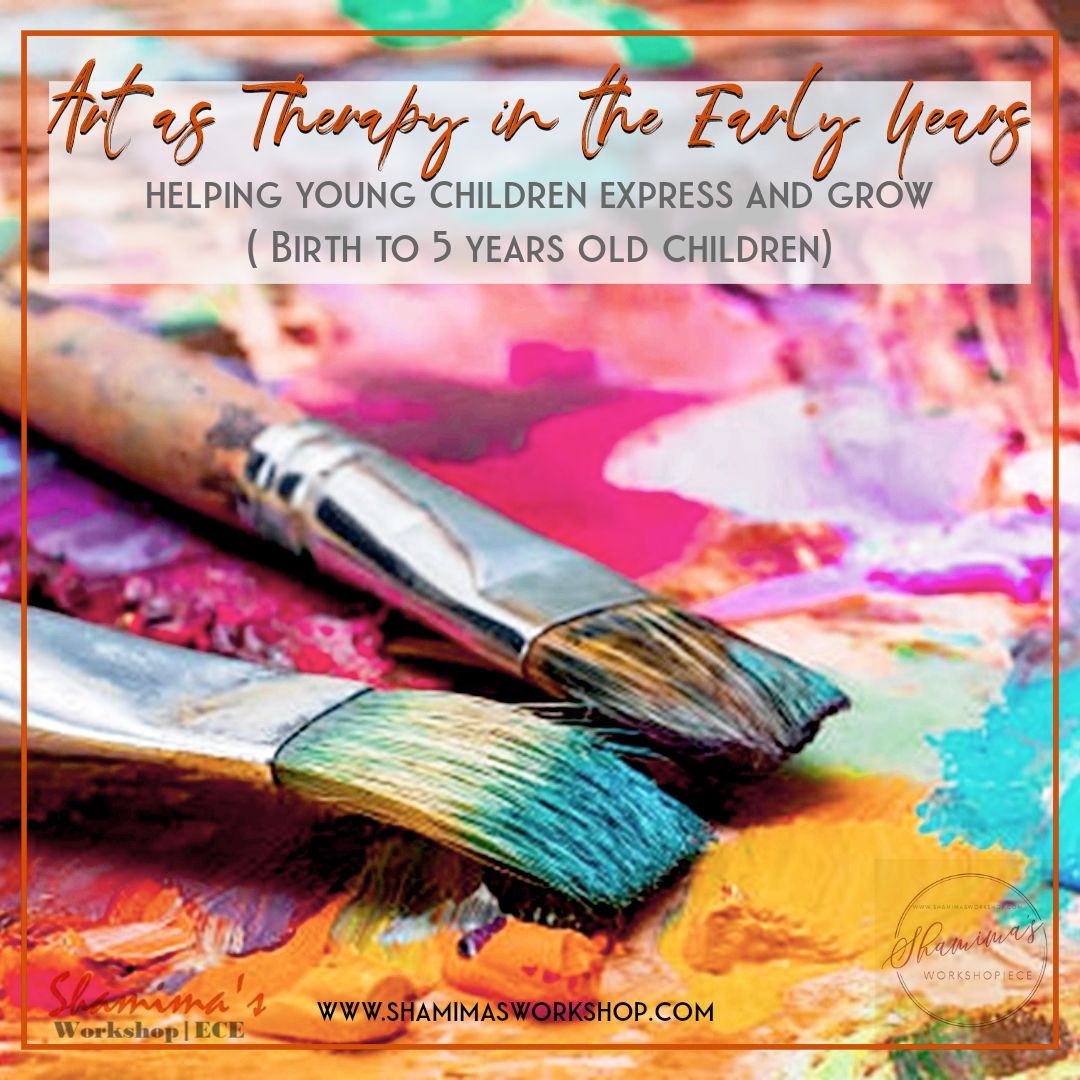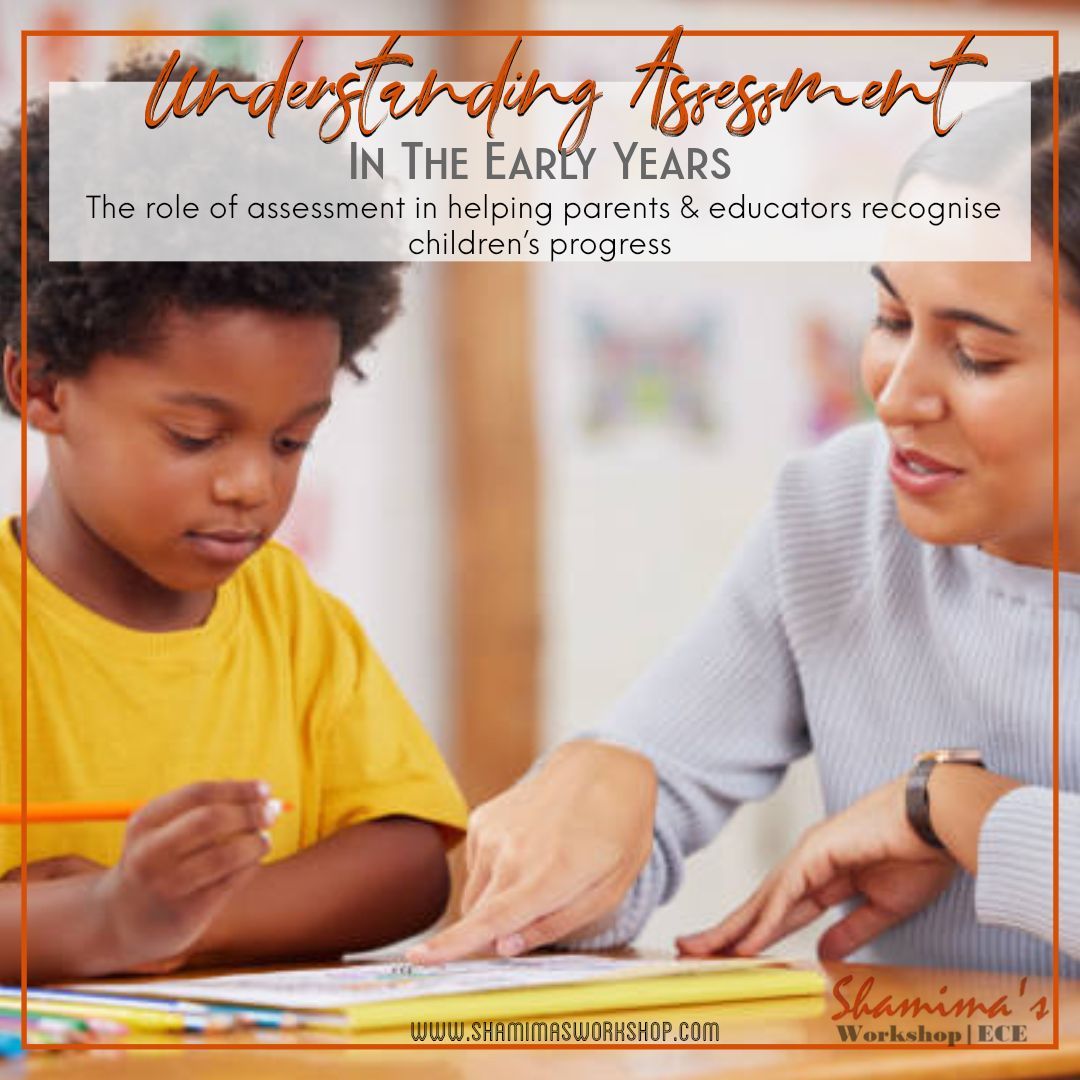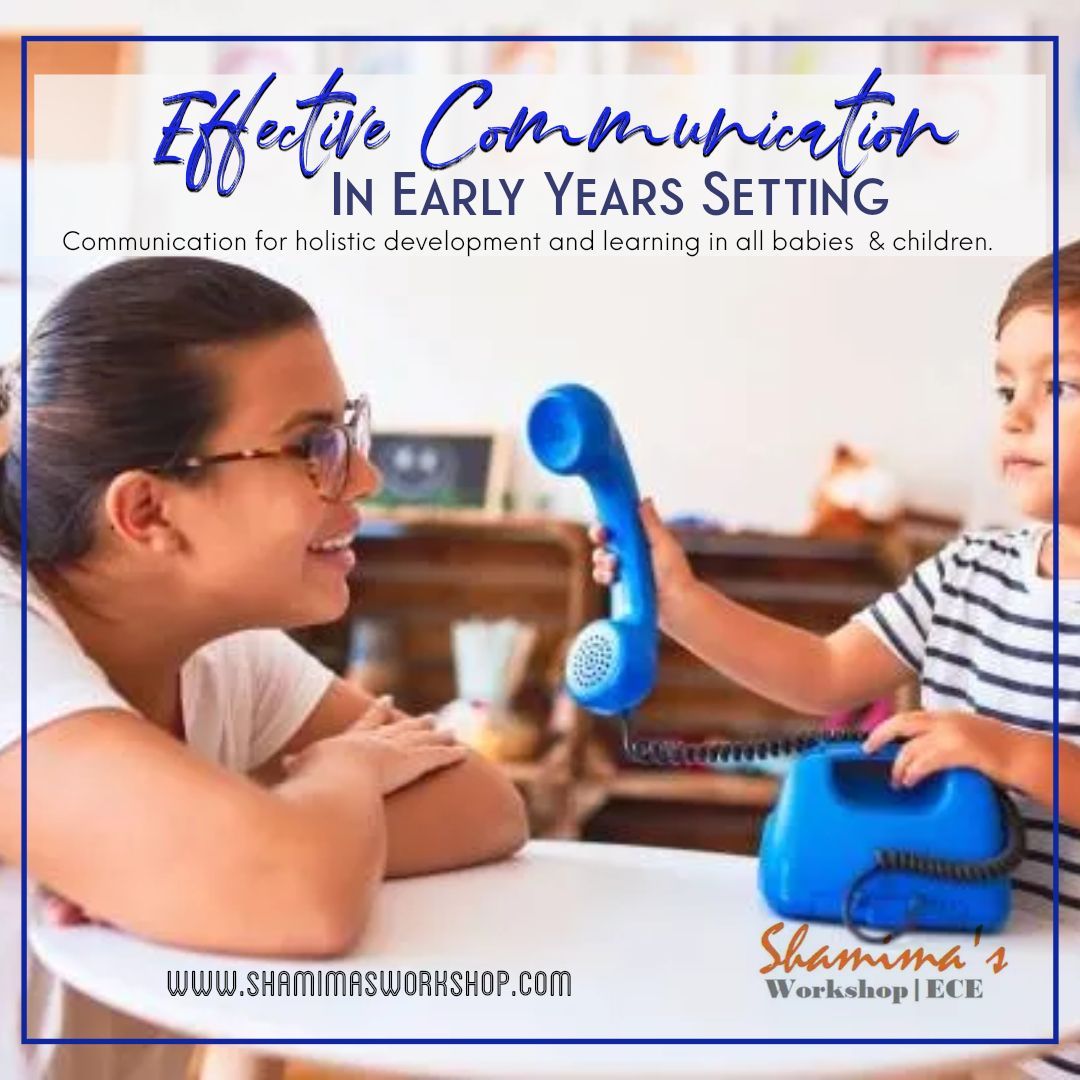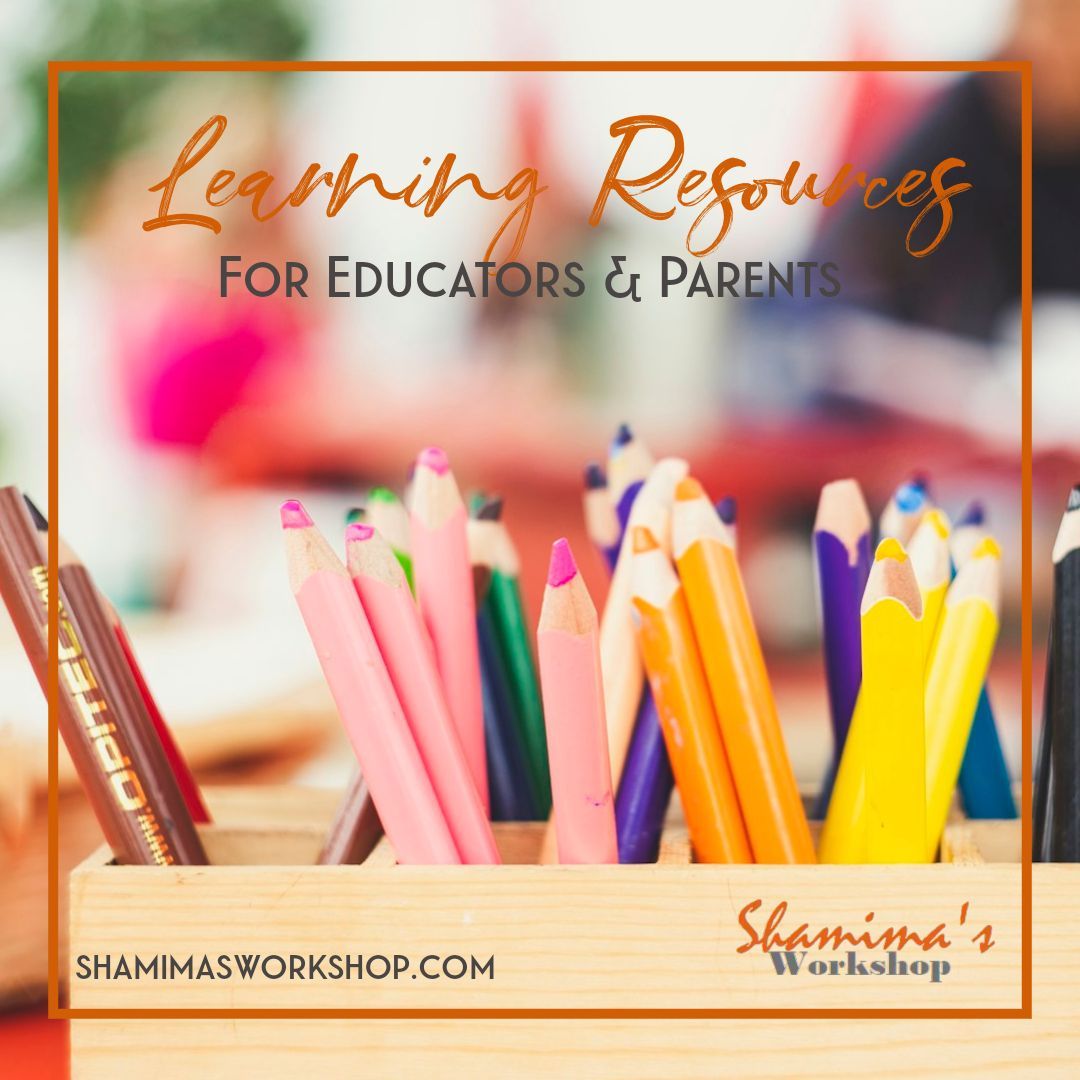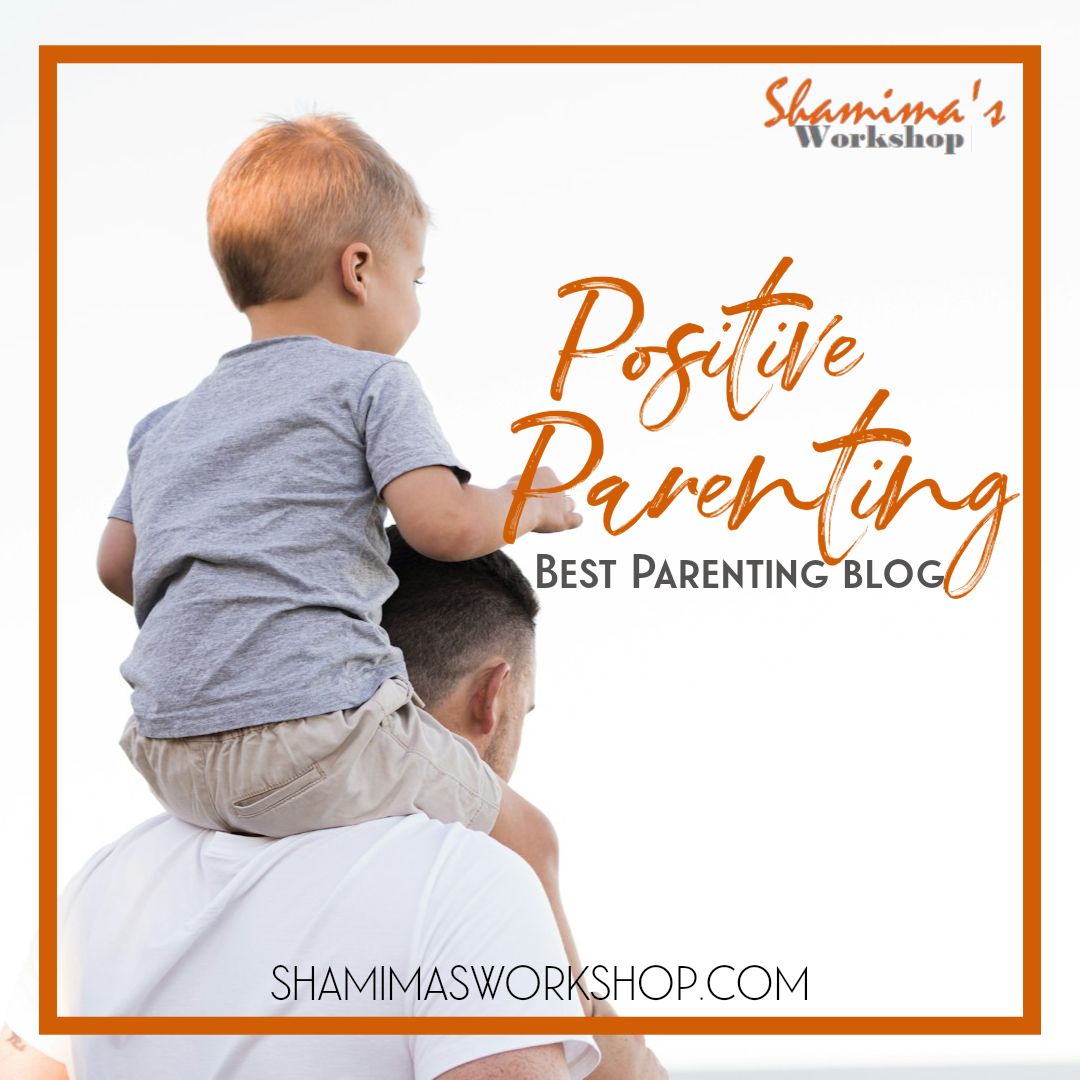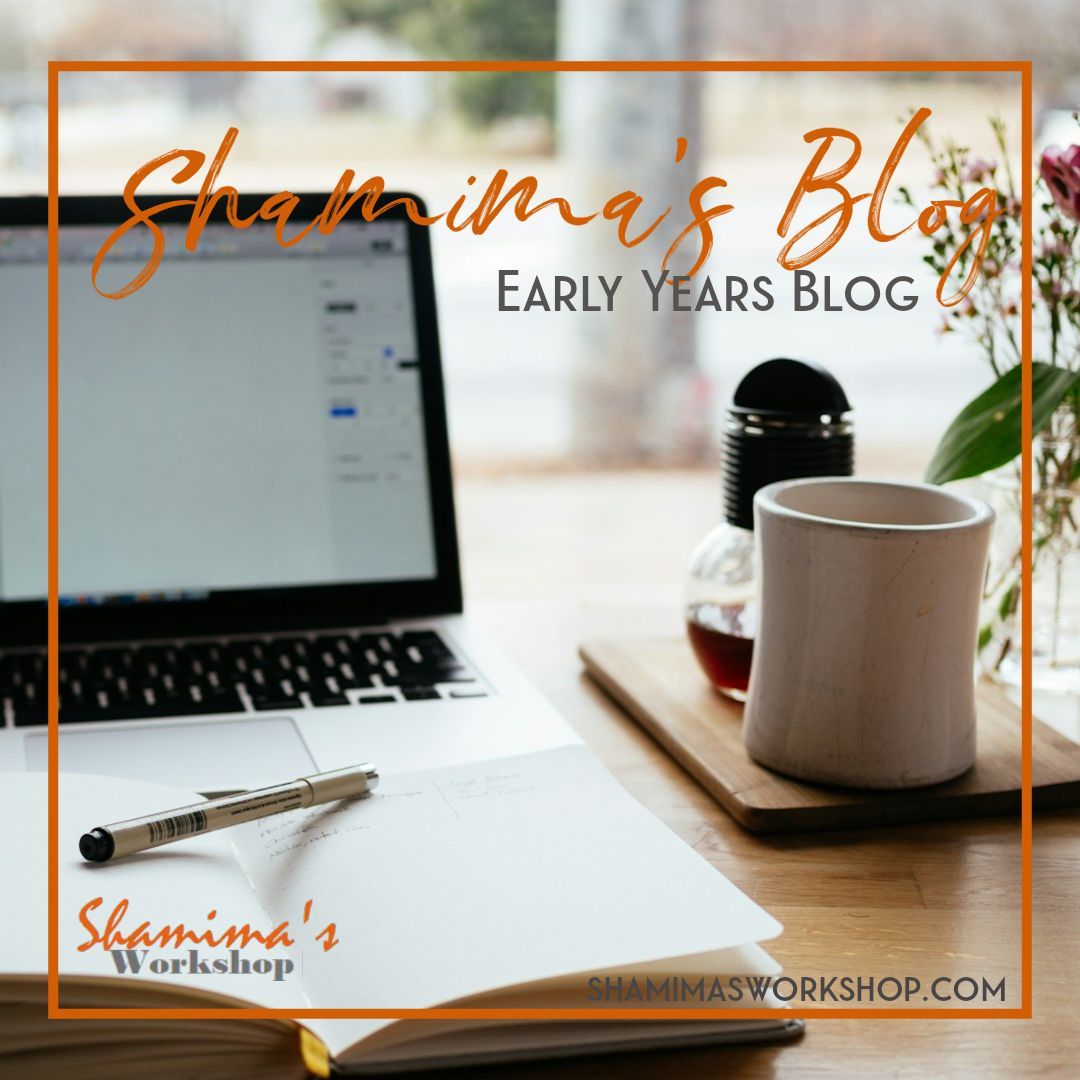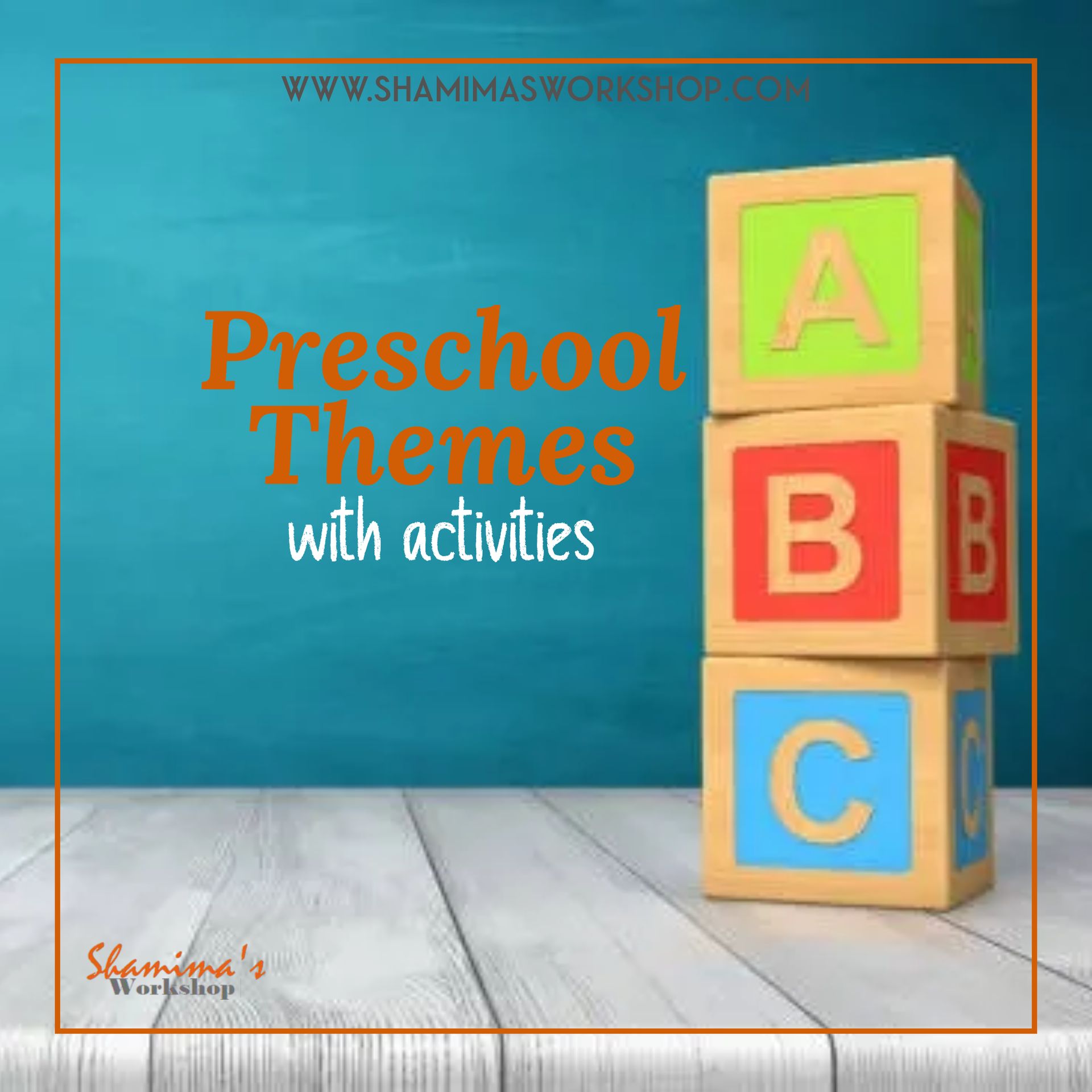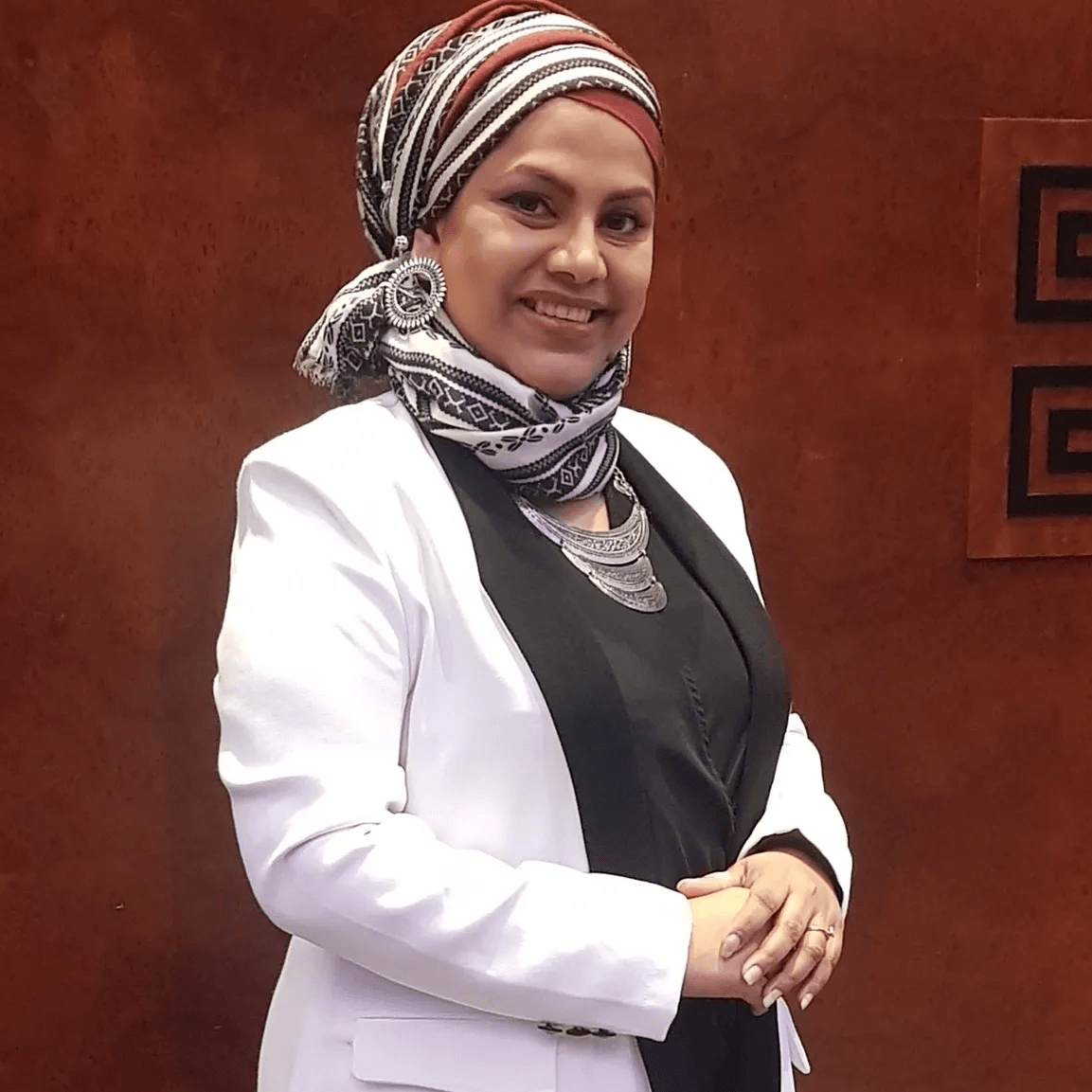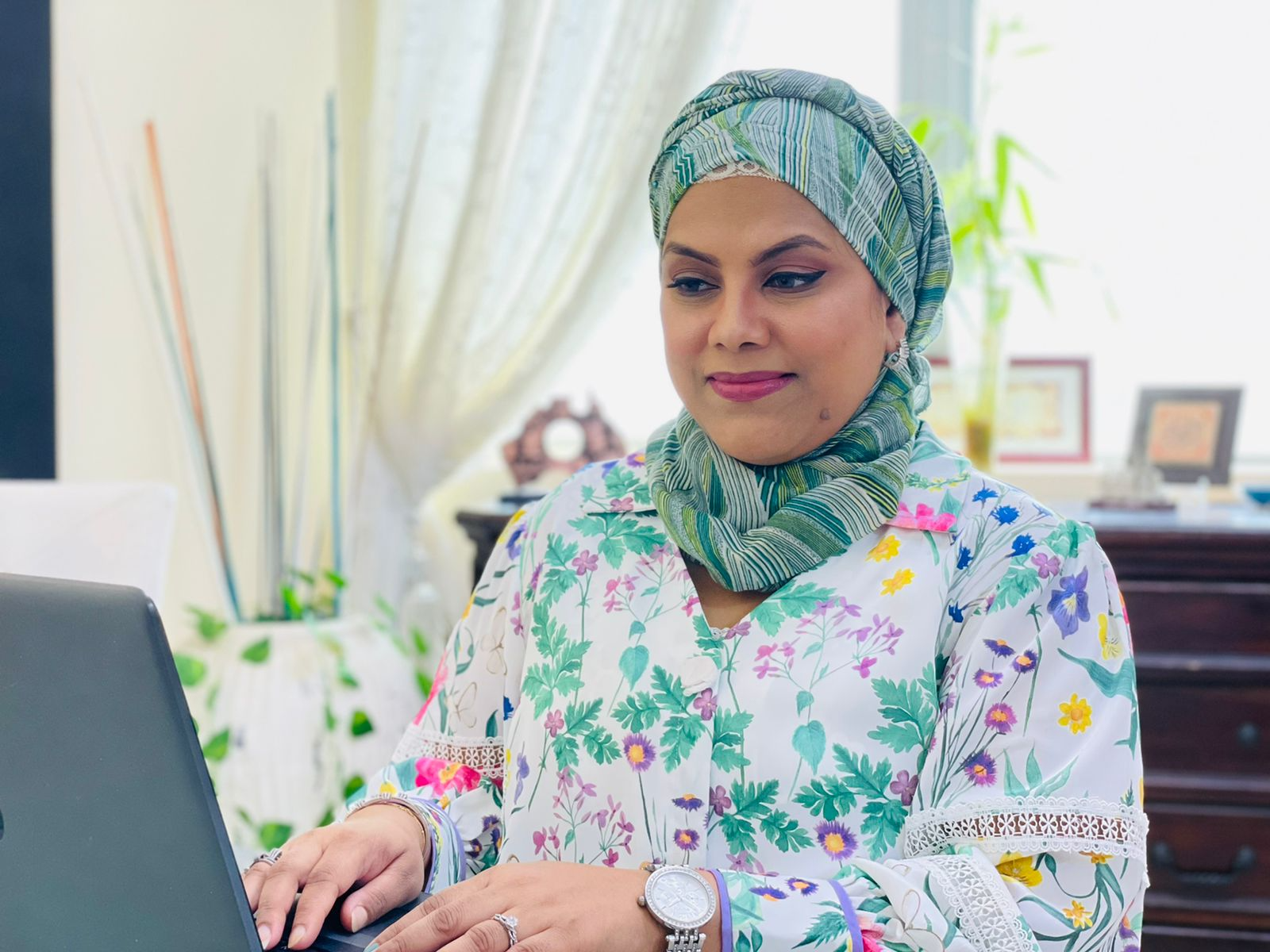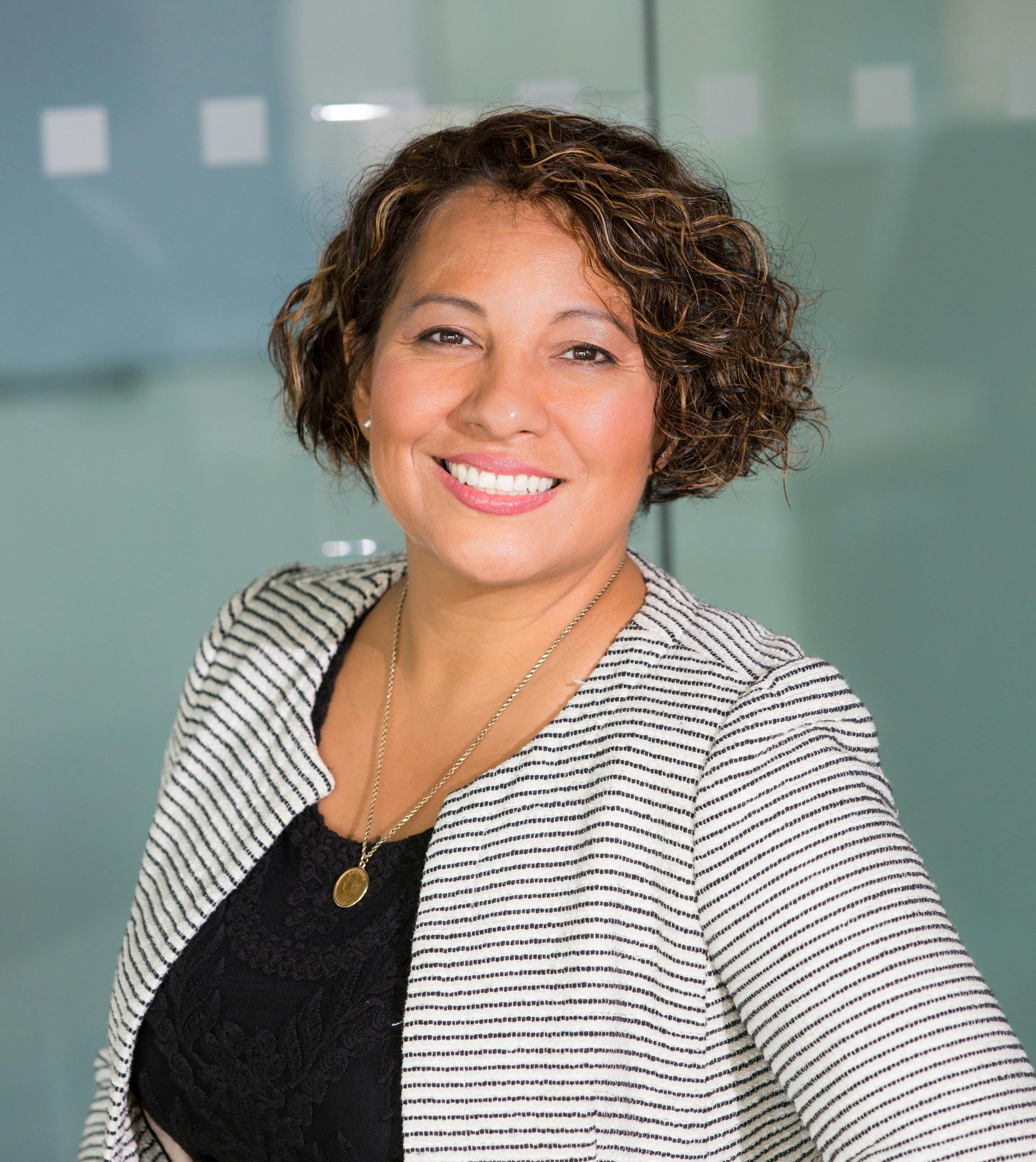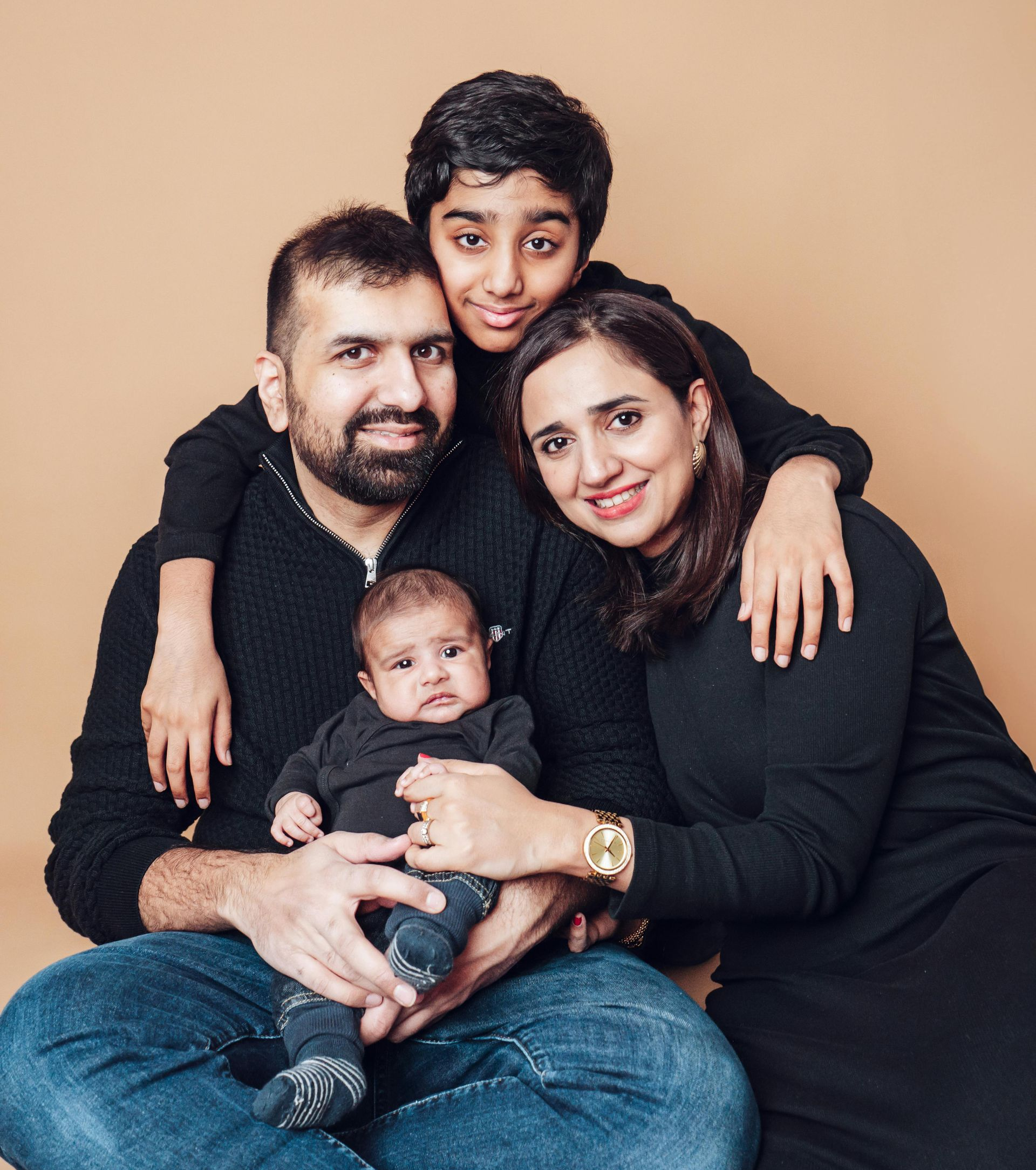Formative and Summative Assessment in early years
Formative and Summative Assessment in Early years
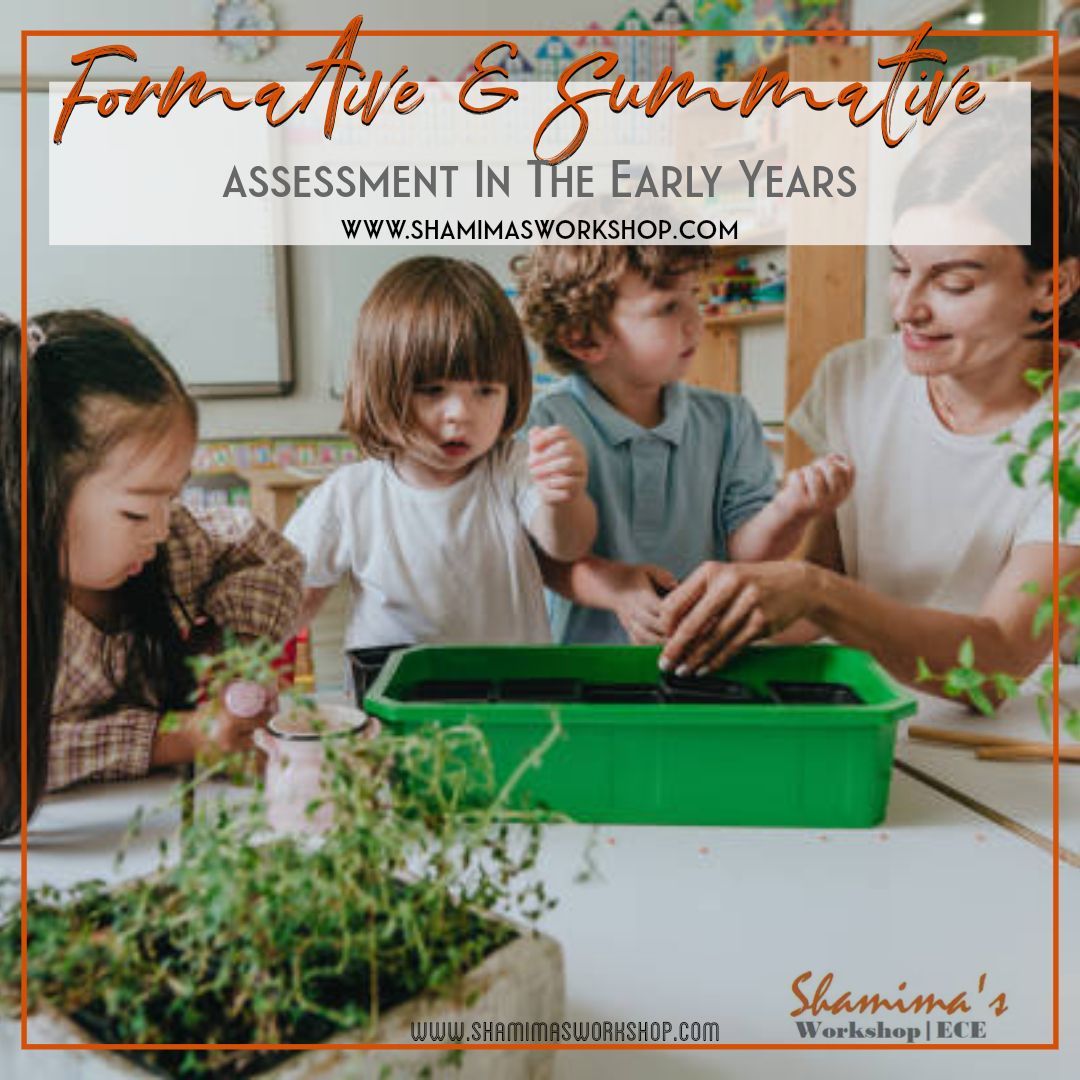
FORMATIVE ASSESSMENT
Formative assessment is an ongoing process of gathering , analysing, and using information about a child’s learning and development during their daily activities. It is vital in the learning and development process. It helps the early years practitioners to understand children’s interests, what they know, and what they can do, and then shape teaching and learning experiences for each child, reflecting on that knowledge. This includes observations, which is the continuous process of noticing what a child knows, understands, and can do in order to build knowledge of each individual child.
“Ongoing assessment (also known as formative assessment) is an integral part of the learning and development process. It involves practitioners understanding children’s interests and what they know and can do, and then shaping teaching and learning experiences for each child reflecting that knowledge. "
EYFS framework 2024, session 2.5, page 19
Formative assessment is often referred to as “assessment for learning.”
There is no requirement in the EYFS to keep written records in relation to the formative assessment.
SHAPING TEACHING & LEARNING USING FORMATIVE ASSESSMENT
Every child is unique. They learn in different ways, at different speeds, and have different interests. Early years practitioners can modify lesson plans, teaching strategies, resources, and activities to fit the developmental stage of each child through the use of formative assessment. Let's see how formative assessment shapes teaching and learning so that children develop the broad range of skills, knowledge, and attitudes they need as a foundation for future progress.
Practitioners can plan activities that suit a child's current interests and development stage. Activities that match a child's interests are more likely to capture their attention and motivate them to participate. Activities can be planned by practitioners to suit a child's developmental stage and current interests. For example, if a child likes or takes an interest in playing with toy animals, practitioners might promote learning by using activities that highlight animal sounds and habitats, counting toy animals, sorting farm and wild animals, or reading a book related to animals. Again, if a child is having trouble with fine motor skills, they can improve their strength and coordination by doing things like threading beads, painting, or using small tools.
Support to address the needs of the child to help them learn more. Every child is unique, and they learn in different ways, at different speeds, and have different interests. By using the information from a formative assessment, practitioners can identify the skills that a child needs to develop for future learning. For instance, if a child has limited speech or is non-verbal, practitioners may concentrate on helping them communicate using picture cards, music, or signs. As a further example, if a child is not interacting or engaging with his/her peers or friends, a practitioner may plan activities in a small group to foster interaction. These focused interactions help children strengthen their abilities in ways appropriate to their development level.
Encourage children's self-regulation and critical thinking by giving constructive and positive feedback. Children are encouraged to think critically about their activities, acknowledge their achievements, and practice self-regulation of their learning when they receive constructive and positive feedback. When children hear constructive and positive feedback, they are more likely to think critically about their actions, recognize what they have achieved, and practice self-regulation of their learning. For example, a practitioner might say, for instance, "You made a great effort to balance those blocks. How could we stop them from falling ?" As the child starts to solve problems on their own, this encourages the child to think critically and builds independence as the child begins solving problems him/herself. So information gathered from formative assessment regarding children's understanding allows practitioners to give children focused and useful feedback. This feedback encourages children and helps them to understand their progress and pinpoint areas in which they need to improve.
Support the practitioner in planning for children's next steps in their learning and development based on reflection on observation. Practitioners spend time observing children, and these observations are then linked to learning areas. Reflecting on observations enables practitioners to plan meaningful activities that stretch a child's abilities. For example, a practitioner observed a child building a tower with blocks and noted the child's problem-solving method when it overbalanced. She linked this observation to learning areas and used this information to decide what the child has already learned or achieved and what support they need to take the next step.
Support parents and carers in their child’s development. Parents and carers play a significant role in their child's development, and when they are involved, often children make progress. Practitioners can use formative assessment to stay up-to-date about their child's achievements and areas of development. Based on the formative assessment, practitioners can suggest simple activities that parents can do at home to reinforce learning. For example, reading books together before bed to develop literacy skills or games like counting objects at home to promote numeracy.
Support the individual needs of children to ensure every child has equal learning opportunities. Practitioners might identify which children require additional support and how they can work together with other professionals to provide it by using formative assessment. For example, a practitioner may identify a speech delay where a four-year-old child struggles to form sentences; early action can include referrals for the child to a speech therapist.
Welcome
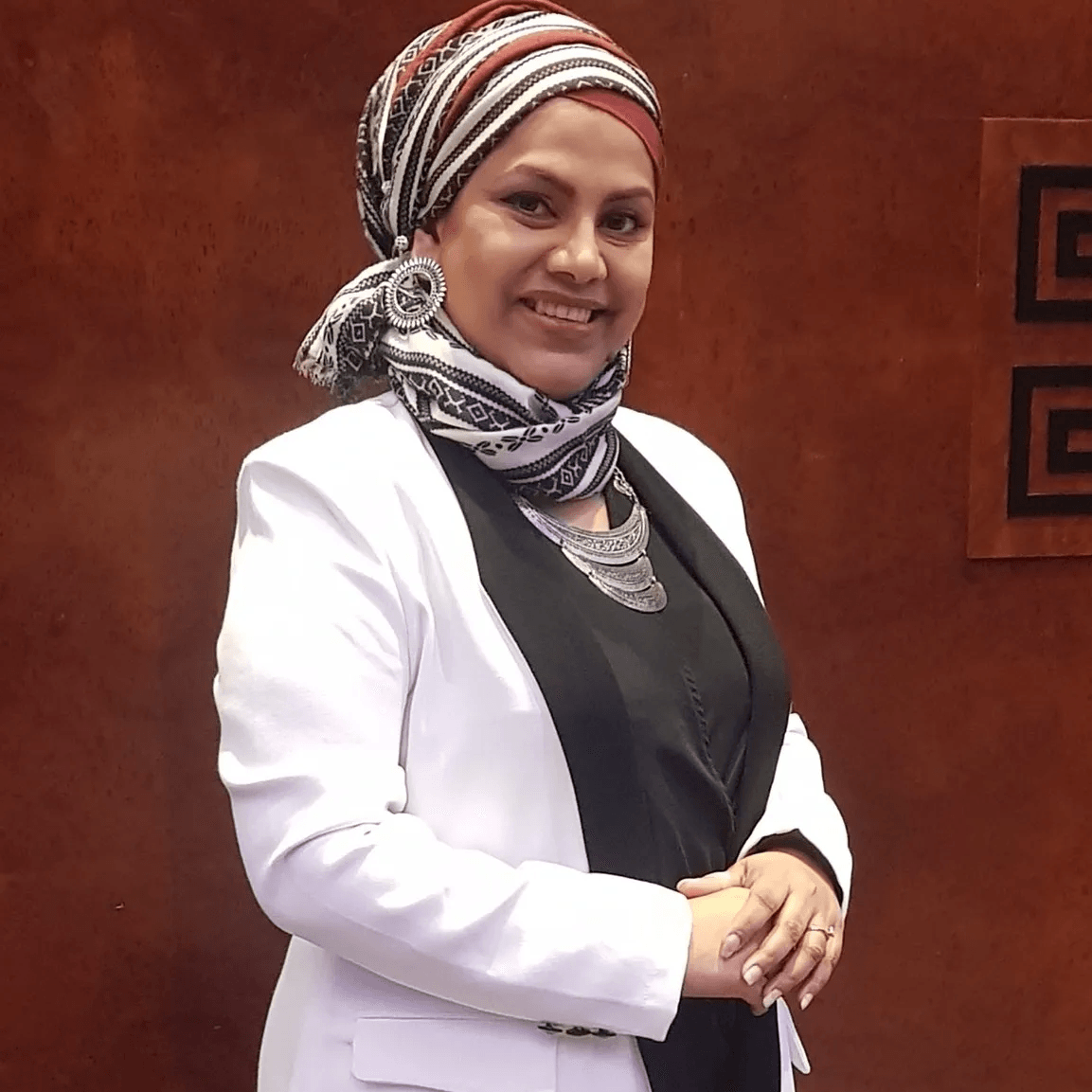
Hi, i am Shamima Fowzee, an early years educator, trainer and consultant. I Share ideas, inspiration, & resources for play-based, inquiry-led learning. Find out more about me here.
SHOP NOW
RECENT POST
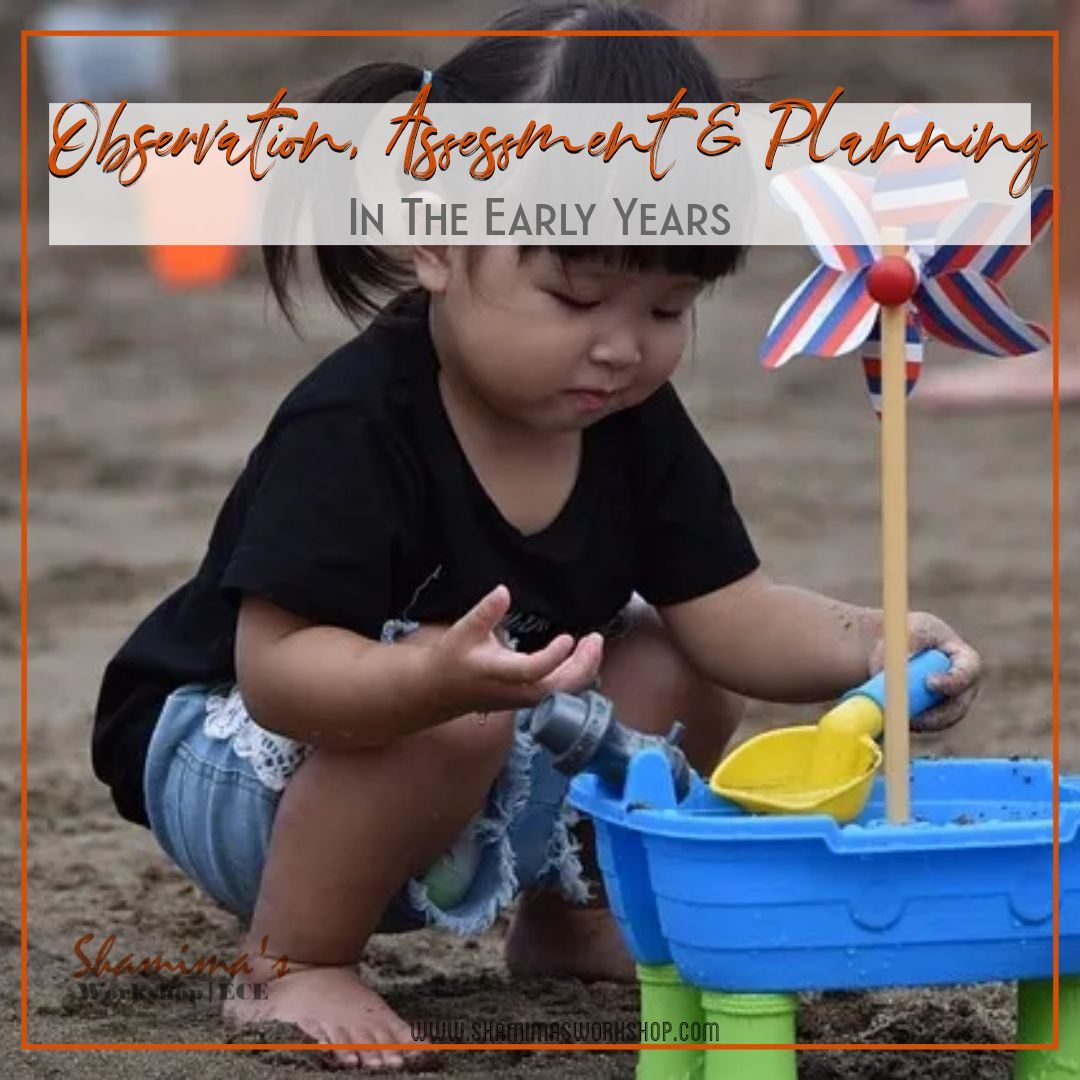
How can I thank you? Spread the word!
For everyone who is passionate about the importance of Early Years.

